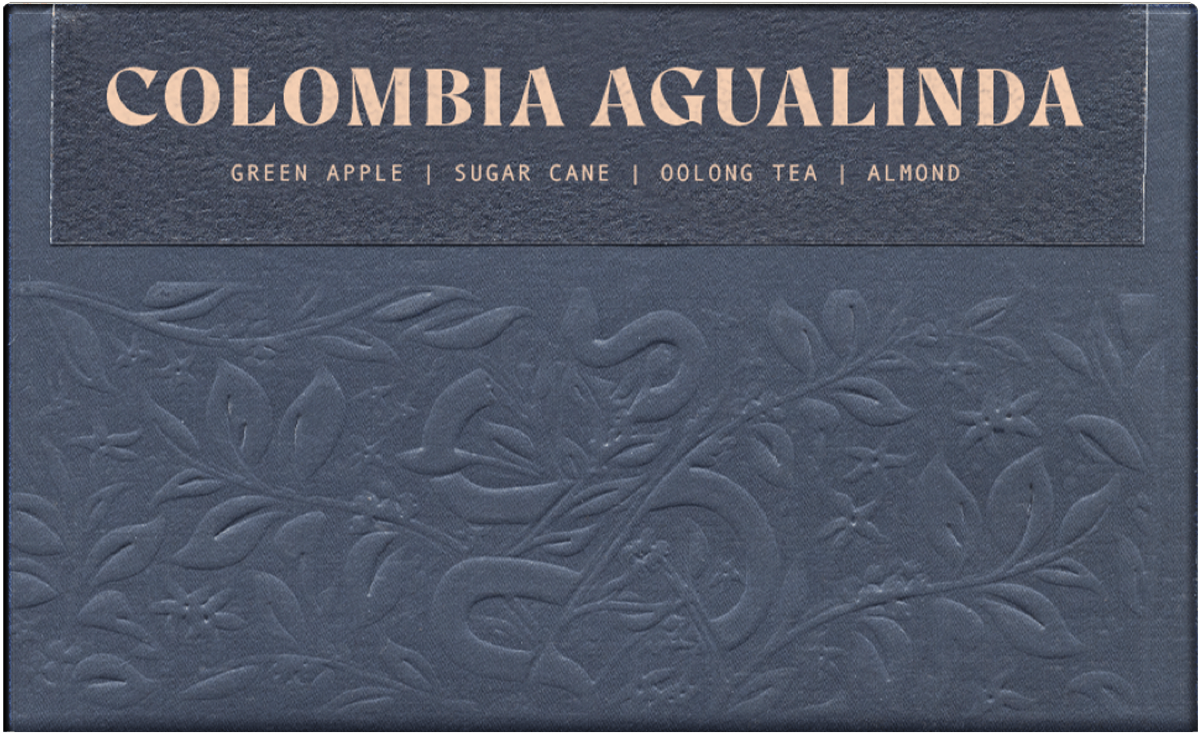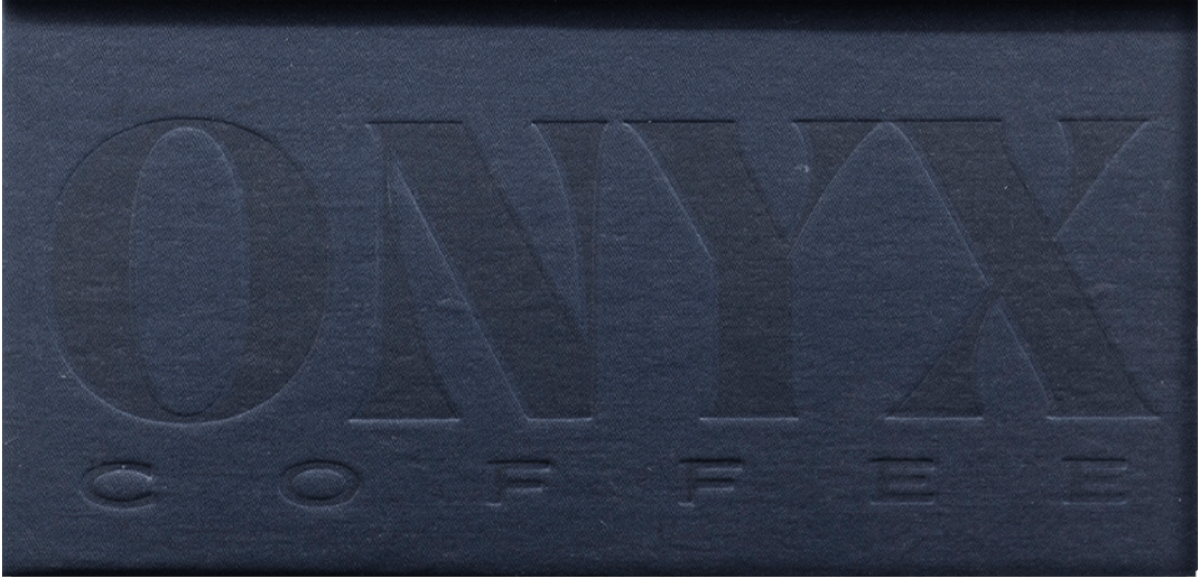Story
This coffee comes from our friend Pedro Echavarria of Pergamino coffee. Each season we source a large chop of our Colombian coffees through Pergamino, including our Aponte Village as well as many small lots for our blends. During those selections, Pedro has put his family’s coffees on the table alongside, some of which we’ve selected over the years. Within the Santa Barbara Estate, the farm of Agualinda sits at the highest elevation. Its namesake is the abundant source of water that can be found on the farm. What sets the work done here apart from many other small estates in this area is the keen attention to detail that is taken in all aspects of production. This focus is evident in the processing of this coffee, which you can read more about below.
WASHED PROCESSED COFFEES
The washed process begins with coffee cherries delivered to the washing station, both from the primary market or from farmers bringing their coffee directly to the mill. The cherries are inspected, and an initial quick round of hand-sorting separates the defective coffees before placing them into the hopper. They are then funneled to the disc pulper, which removes the fruit from the seeds (beans). After that phase is done, the coffee is fermented underwater for approximately 24 hours, then atypically a second day’s harvest is added on top of this fermentation. This provides ideal PH for an extended fermentation within the tanks. Once the 48-hour fermentation is complete, the parchment is emptied into the washing channels, where it is agitated with rakes. During this step, the water is refreshed twice. Once the washing is complete, the coffee undergoes the traditional “double wash,” where it rests in the soaking tank for another 12 hours, before being taken to the raised drying tables for sun drying.
DRY MILLING
Once the coffee is picked, processed, and dried, it still has a necessary step before it's ready for export. Dried coffee, which we refer to as parchment. The final processing stage is not only to remove the dried layer of parchment from the seed, but it's also a stage in many levels of quality checks that coffee passes through in Colombia. The first stage is hulling and de-stoning, removing the parchment as well as any chips of drying beds that may have gotten into the coffee. Parchment is separated by air and used as a fuel source for other stages of milling that may require heat. Once the seeds are hulled, they're then separated by size or screen size. The screens they pass through, and the final prep size is dictated by contract specifications. From sizing, the coffees are then separated by density, as a final check that the exportable green coffee is homogeneous before it gets to the roaster. Density is separated on a densimetric table. This is a clever bit of technology that allows more dense seeds to climb up, while the less dense coffees are separated off the bottom. Density is extremely important when it comes to roasting, as less dense coffees tend to roast at a different rate than denser, leading to uneven roasts. The final stage is a visual check, done by an optical sorter. Coffee is passed at a high rate of speed through a vertical chute, where cameras capture color and visual info about the coffee, quickly separating seeds that don't meet standards with a puff of air. As technology continues to evolve in coffee, preparation gets better and better, improving cup quality by many points...



